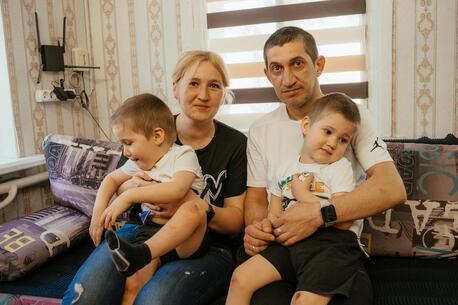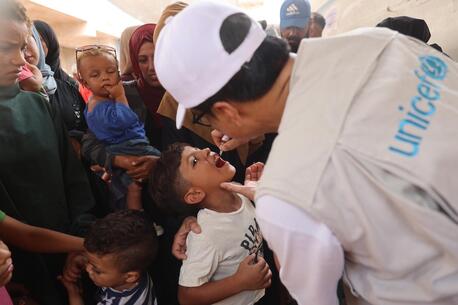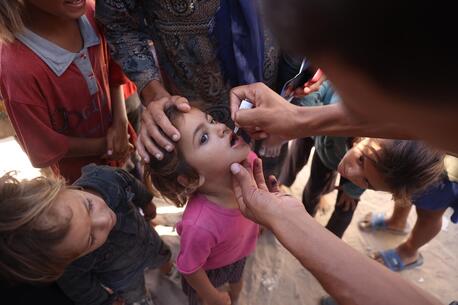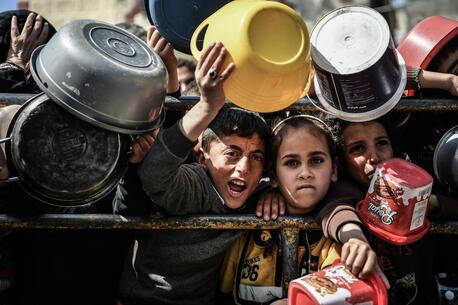
More Than 13,000 Children Reported Dead in Gaza as Famine Nears
A new report warns famine is imminent in northern Gaza as 1.1 million people — half the population — experience catastrophic levels of food insecurity. More than 13,000 children have died since bombardment began on Oct. 7, "an astronomically horrifying number," said UNICEF Executive Director Catherine Russell.
After months of bombardment following the Oct. 7 attack on Israel, an estimated 13,450 children have been killed in Gaza, according to the Palestinian Ministry of Health. Thousands more have been injured. Some have lost one or both parents, and are struggling to care for their younger siblings.
Meanwhile, the number of children suffering from severe malnutrition continues to rise sharply as adequate access to food and safe water dwindles.
I think these numbers that we're seeing out of Gaza are just staggering. We haven't seen that rate of death among children in almost any other conflict in the world. — UNICEF Executive Director Catherine Russell
"It's a horrifying situation," UNICEF Executive Director Catherine Russell told CBS's "Face the Nation" on March 17. "I think these numbers that we're seeing out of Gaza are just staggering. We haven't seen that rate of death among children in almost any other conflict in the world. It's really shocking."
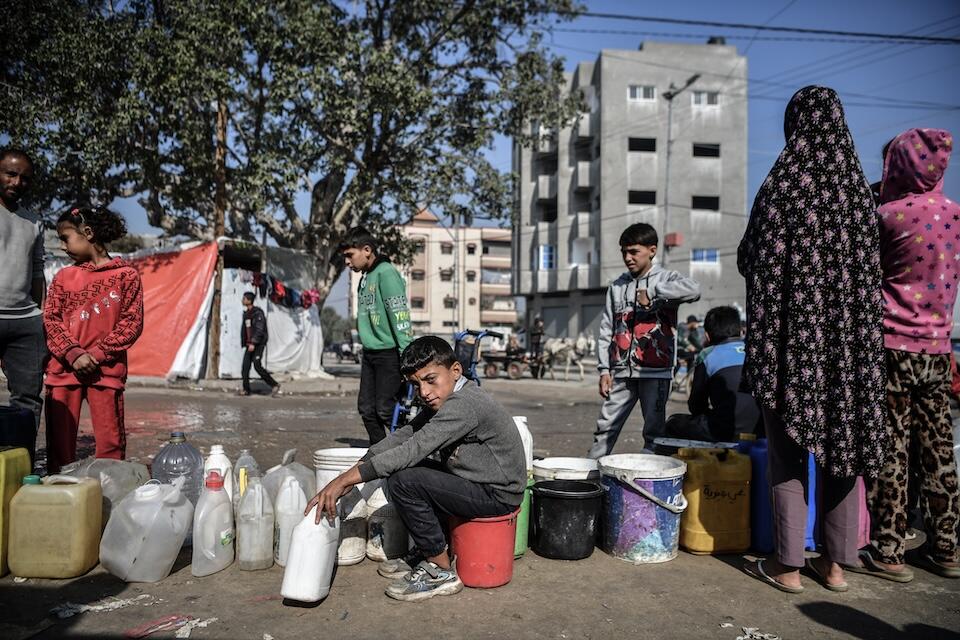
Virtually all households in Gaza are skipping meals daily
An IPC (Integrated Food Security Phase Classification) report released March 18 showed that conditions are ripe for famine to occur in the northern governorates of Gaza and North Gaza anytime between mid-March and May 2024. When famine unfolds, children face the greatest risk of experiencing severe food deprivation, severe malnutrition and severe threat of dying.
According to the latest data, virtually all households are skipping meals every day and adults are reducing their meals so that children can eat. In the northern governorates, in nearly two-thirds of all households, people went entire days and nights without eating at least 10 times in the past 30 days. In the southern governorates, this applies to one-third of the households.
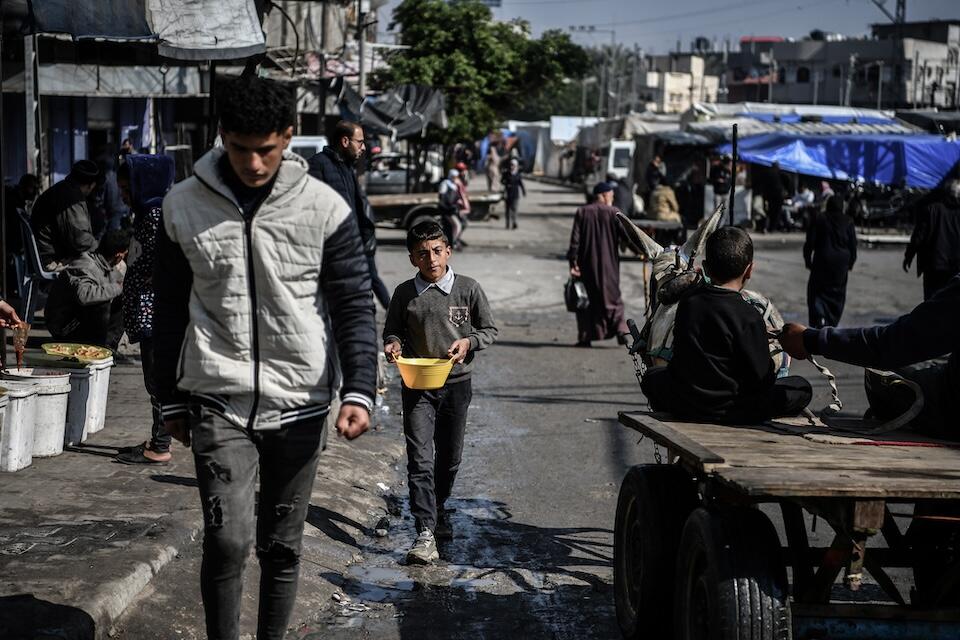
In northern Gaza, UNICEF screenings found acute malnutrition among children under 5 has jumped from 13 percent to as high as 25 percent
Nutrition screenings conducted by UNICEF and partners in the north in February found that 4.5 percent of the children in shelters and health centers suffer from severe wasting, the most life-threatening form of malnutrition, which puts children at highest risk of medical complications and death unless they receive urgent therapeutic feeding and treatment, which is not available.
The prevalence of acute malnutrition among children under 5 years of age in the north has increased from 13 percent in January to as high as 25 percent. At least 23 children in northern Gaza have reportedly died from malnutrition and dehydration in recent weeks.
The speed at which this catastrophic child malnutrition crisis in Gaza has unfolded is shocking, especially when desperately needed assistance has been at the ready just a few miles away.
“The speed at which this catastrophic child malnutrition crisis in Gaza has unfolded is shocking, especially when desperately needed assistance has been at the ready just a few miles away,” Russell said on March 15.
“We have repeatedly attempted to deliver additional aid and we have repeatedly called for the access challenges we have faced for months to be addressed. Instead, the situation for children is getting worse by each passing day. Our efforts in providing lifesaving aid are being hampered by unnecessary restrictions, and those are costing children their lives.”
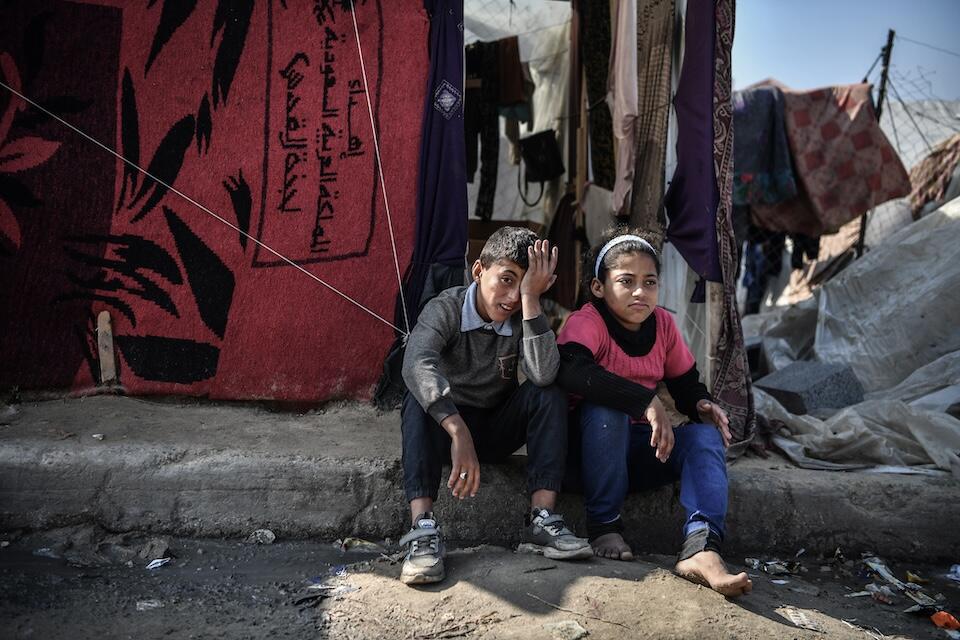
'Kafkaesque' border restrictions obstruct delivery of urgently needed humanitarian aid
Items deemed "dual use" at border checkpoints — plastic pipes, medical kits containing a tiny pair of scissors — are denied entry in a bureacratic morass Russell described to CBS as "Kafkaesque at times."
"The one thing we know for sure is that not enough aid is getting in," she said. "We have so little access right now. It's very challenging."
Watch the video to see how lack of food affects children trapped in conflict zones:
UNICEF is calling for increased access and an immediate humanitarian ceasefire
“We are doing everything we can to avert a worsening of the humanitarian crisis in Gaza, but it is not enough,” Russell said on March 15.
"An immediate humanitarian ceasefire continues to provide the only chance to save children’s lives and end their suffering. We also need multiple land border crossings that allow aid to be reliably delivered at scale, including to northern Gaza, along with the security assurances and unimpeded passage needed to distribute that aid, without delays or access impediments.”
UNICEF is working to provide children caught in conflict zones around the world with the support and services they need to survive and thrive. Please donate.
HOW TO HELP
There are many ways to make a difference
War, famine, poverty, natural disasters — threats to the world's children keep coming. But UNICEF won't stop working to keep children healthy and safe.
UNICEF works in over 190 countries and territories — more places than any other children's organization. UNICEF has the world's largest humanitarian warehouse and, when disaster strikes, can get supplies almost anywhere within 72 hours. Constantly innovating, always advocating for a better world for children, UNICEF works to ensure that every child can grow up healthy, educated, protected and respected.
Would you like to help give all children the opportunity to reach their full potential? There are many ways to get involved.



